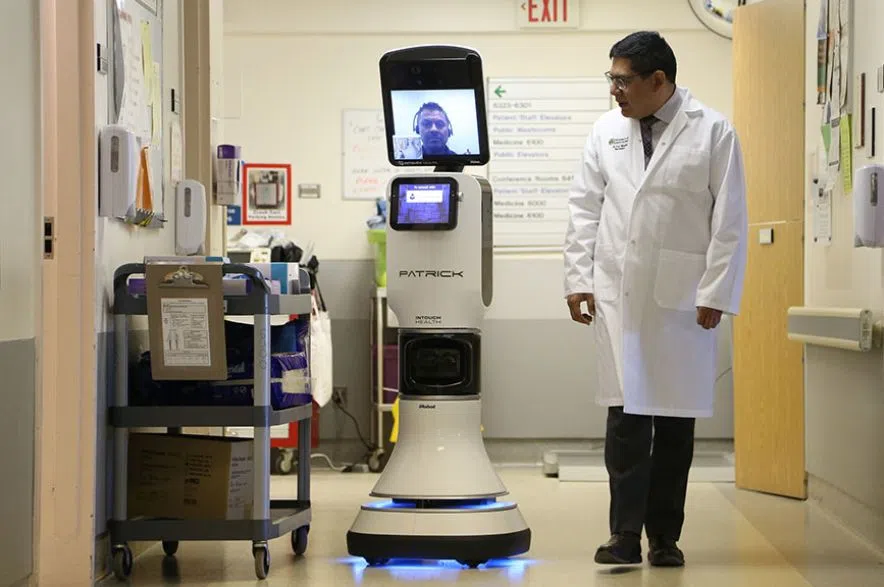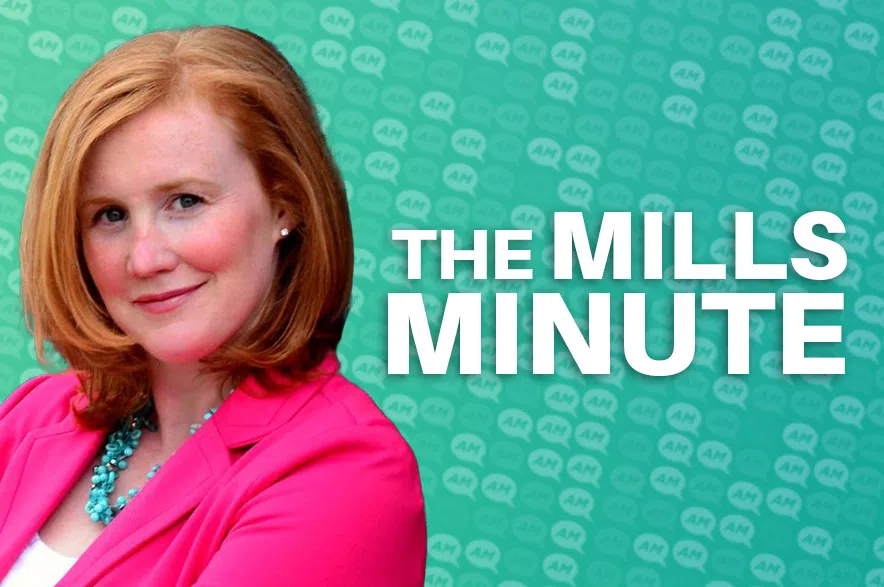A new one-of-a-kind virtual health hub at Whitecap Dakota First Nation has barely started construction, yet the facility is already proving to be a blueprint for the rest of the country.
The Indigenous-led virtual health hub will help provide virtual health services for up to 30 remote communities, with plans to expand services as services technology and training come online.
Read More:
- First of its kind virtual health hub coming to Whitecap Dakota First Nation
- Health officials warn more people are being bitten by bats across Sask.
- ‘Shocking’ number of Sask. nurses considering leaving profession: Survey
Whitecap Dakota First Nation is located 34 km south of Saskatoon.
The Government of Saskatchewan is providing one-third of the total construction costs for the facility, which is set to open in 2027.
“I think the model that we’re creating is eminently scalable,” said Dr. Ivar Mendez, director of the Virtual Care and Remote Presence Robotics Program at the University of Saskatchewan’s College of Medicine.
The initiative will be supported by the University of Saskatchewan’s College of Medicine — Northern Medical Services.
“We have interest from all the provinces of Canada to see how this model can be recreated in their jurisdictions.”
Dr. Mendez said this hub is proof that Saskatchewan can help change the future of healthcare across the country.
“In a way, Saskatchewan is leading the way,” he said. “We hope that this can be a model of success for the transformation of health care of the future.”
The hub will work and heavily rely on new technology to administer virtual care to northern communities and will continue to adapt to the new technology.
Dr. Mendez said this hub will break down any hurdles or barriers that northern communities face.
“Technology continues to change and improve,” he said. “It is about the systemic barriers of deploying solutions that will actually work.”
Dr. Mendez also said that this virtual hub is the way of the future and it will help healthcare workers, not hurt them.
“AI technologies are coming… that will allow the healthcare workers to do what humans do the best,” he said. ‘That is compassionate care to the patient… technology has to be part of our future.”
Dr. Mendez believes that this care will soon be available to cities and not just small and remote communities.
“Eventually the work at the virtual health hub will influence not only rural care, but urban care,” he said. “We hope that this model is like the tail that will wake the dog, that it will be a model that can be instituted into the mainstream healthcare system.”
Dr. Mendez shared that the virtual health hub is already fully staffed for when it opens.
Jeremy Cockrill, Saskatchewan Minister of Health, said he hopes this is just the beginning of virtual care in the province.
“Our government is already working on virtual care in a number of different contexts all around the province,” said Cockrill. “I think virtual health is going to be a massive part of primary care going forward for everybody in this province.”
He explained that most people in rural northern communities head to North Battleford, Prince Albert, Saskatoon and Nipawin for care, and allowing them to stay home could benefit numerous communities including Saskatoon.
“The more we can keep a patient closer to home the better,” he said. “I do think that will have some positive impacts on what we’re seeing in Saskatoon.”
Mandy Gull-Masty, Minister of Indigenous Services Canada said that many doctors and health care professionals should keep a close eye on Dr. Mendez and the virtual health hub.
“I believe that he’s really setting the standard of what we should be offering,” she said. “I am watching healthcare innovation unfold here in Saskatchewan.”
The Saskatchewan Indian Institute of Technology will also provide a course to help train medical professionals to work at the virtual health hub.











